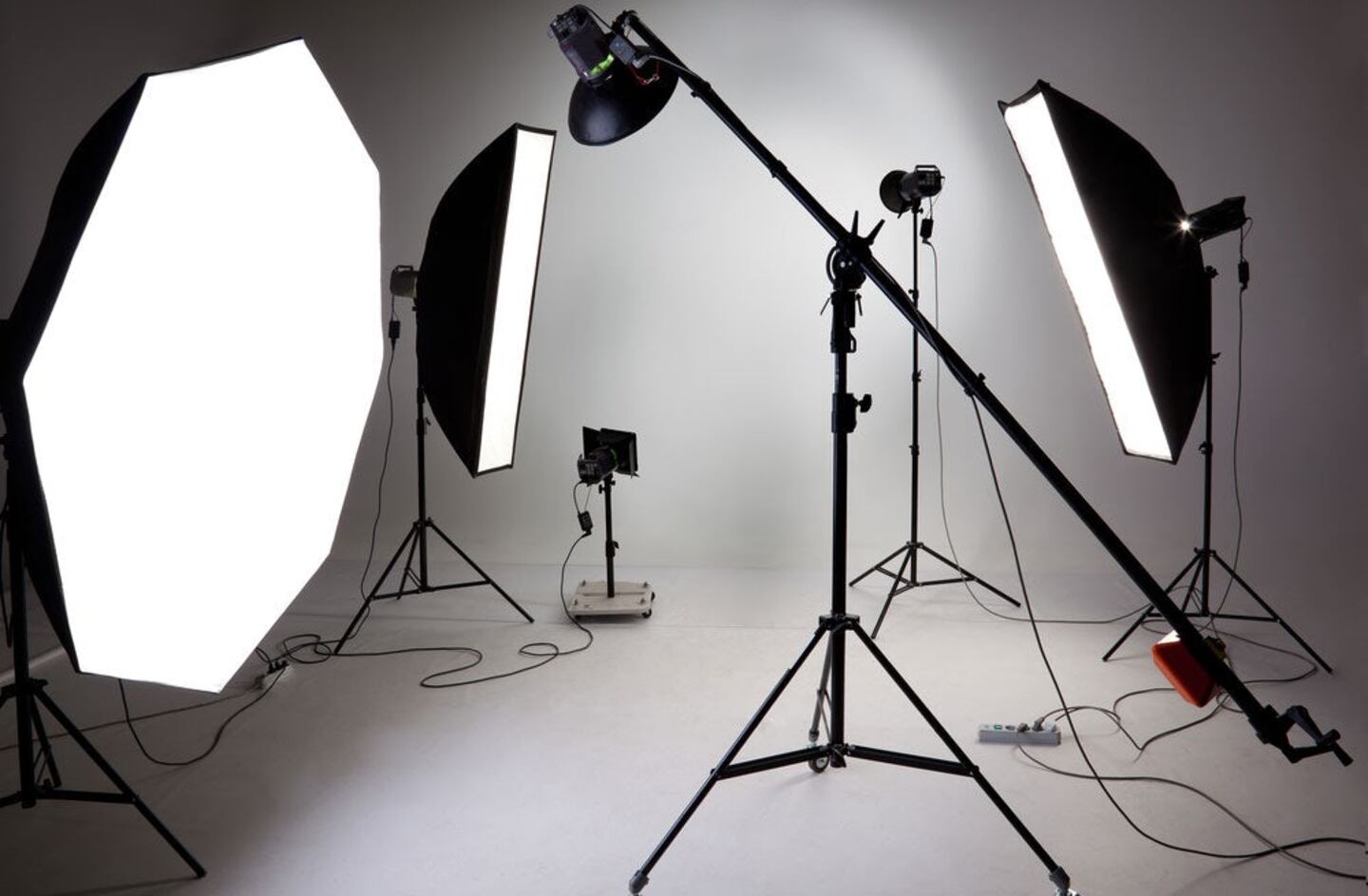
The Business of Fashion
Agenda-setting intelligence, analysis and advice for the global fashion community.

Agenda-setting intelligence, analysis and advice for the global fashion community.

The Indian fashion fraternity was hanging their heads in shame last week as one of their own, a photographer named Raj Shetye (who has been commissioned by such prominent national magazines as Elle India and Femina) published images from an appalling photo shoot on his Behance page.
The images, which seem to glamourise and trivialise a fatal gang rape that took place in New Delhi in December 2012, feature a young woman in designer clothing and full hair and make-up being groped and manhandled by a group of men who are equally dolled up in their own hyper-sexualised tight-fitting shirts and trousers.
The images weren’t published in print, but in our age of ‘always-on’ social media, once they were discovered online, they sparked widespread outrage in India, and all over the world.
"It simply defies logic," said Poorna Jagannathan, initiator and producer of the award-winning play Nirbhaya or "Fearless", the pseudonym given to the Delhi gang rape victim by the Indian media in order to protect her identity. "On a very basic level, it's turning sexual violence into a fashion statement. There's something vacant about it, devoid of any sense of the horror and real gravity of the subject."
ADVERTISEMENT
Indeed, while rape and sexual abuse have reached “epidemic” proportions in India, Shetye and his collaborators decided to make a photo shoot out of it. According to Ms. Jagannathan, herself a victim of sexual abuse, “one in two children are sexually abused in India according to government and Human Rights Watch statistics. When Nirbhaya ran here in India, after every show, audiences were asked to raise their hands if they or someone they knew had experienced sexual violence. Seventy-five percent of the audience would raise their hands.”
Mr Shetye spoke to a variety of media outlets defending the shoot, saying, "I was only trying to express myself through the medium I know best." But he is not the only one to blame. How about the models who participated in the shoot? And the retoucher who glossed up the images? And the stylists? And the producers? The female model, Pooja, is represented by one of India's leading modelling agencies, Anima Creatives.
Did it not occur to any of these people that this shoot was hugely disrespectful to the victim and her family, or that it might not go over so well once the images were released?
Still, while it’s obvious to most reasonable people that this kind behaviour from fashion industry operators like Mr Shetye and his collaborators is completely out of line, it’s by no means the first time that fashion images have trivialised major social issues in India — and elsewhere for that matter — often featuring women in situations of distress. This lack of taste and social awareness is a much broader and ongoing problem in fashion that has surfaced again and again all over the world, sometimes with the support of very high-profile media titles.
In 2008, there was a Vogue India shoot which featured average Indians draped in outrageously expensive luxury goods and accessories that were far beyond their reach. Then there are all those blackface shoots which paint white people black, including a controversial shoot with Lara Stone for French Vogue. And don't forget the VICE magazine shoot which depicted famous women who were about commit suicide. And just this year, there was the Vogue Italia domestic abuse shoot, and the shocking image from Russia's Buro 24/7 of Dasha Zukhova seated on a piece of art by Norwegian artist Bjarne Melgaard, which happened to be a lifelike black female mannequin.
These repeated instances of poor judgment show the fashion industry in the worst possible light. And while many of these examples cannot be equated with the reprehensible rape images produced by Mr Shetye and his team, taken together, they still contribute to the widely held perception that the fashion industry lives in some kind of alternate reality, where serious issues need not be taken seriously. It’s no wonder that, as an industry, we are constantly having to fight the notion that the fashion is made up of a bunch of vacuous people lacking a moral compass.
What's more, we are missing a major opportunity to bring these kinds of social issues to light and call them what they are. “Photographers and film makers are capable of making such a difference and contribute in such a vital way to a much needed conversation. The photo shoot is a shame because of its inability to generate nothing but vitriol against the photographer,” said Ms Jagannathan.
Indeed, we can all learn from artists and activists like Ms Jagannathan who use their creativity and talent to spark constructive dialogue, not just fill echo chambers of social media outrage, giving attention to a photographer who doesn’t deserve it, just before we move onto the next Internet scandal.
From analysis of the global fashion and beauty industries to career and personal advice, BoF’s founder and CEO, Imran Amed, will be answering your questions on Sunday, February 18, 2024 during London Fashion Week.
The State of Fashion 2024 breaks down the 10 themes that will define the industry in the year ahead.
Imran Amed reviews the most important fashion stories of the year and shares his predictions on what this means for the industry in 2024.
After three days of inspiring talks, guests closed out BoF’s gathering for big thinkers with a black tie gala followed by an intimate performance from Rita Ora — guest starring Billy Porter.